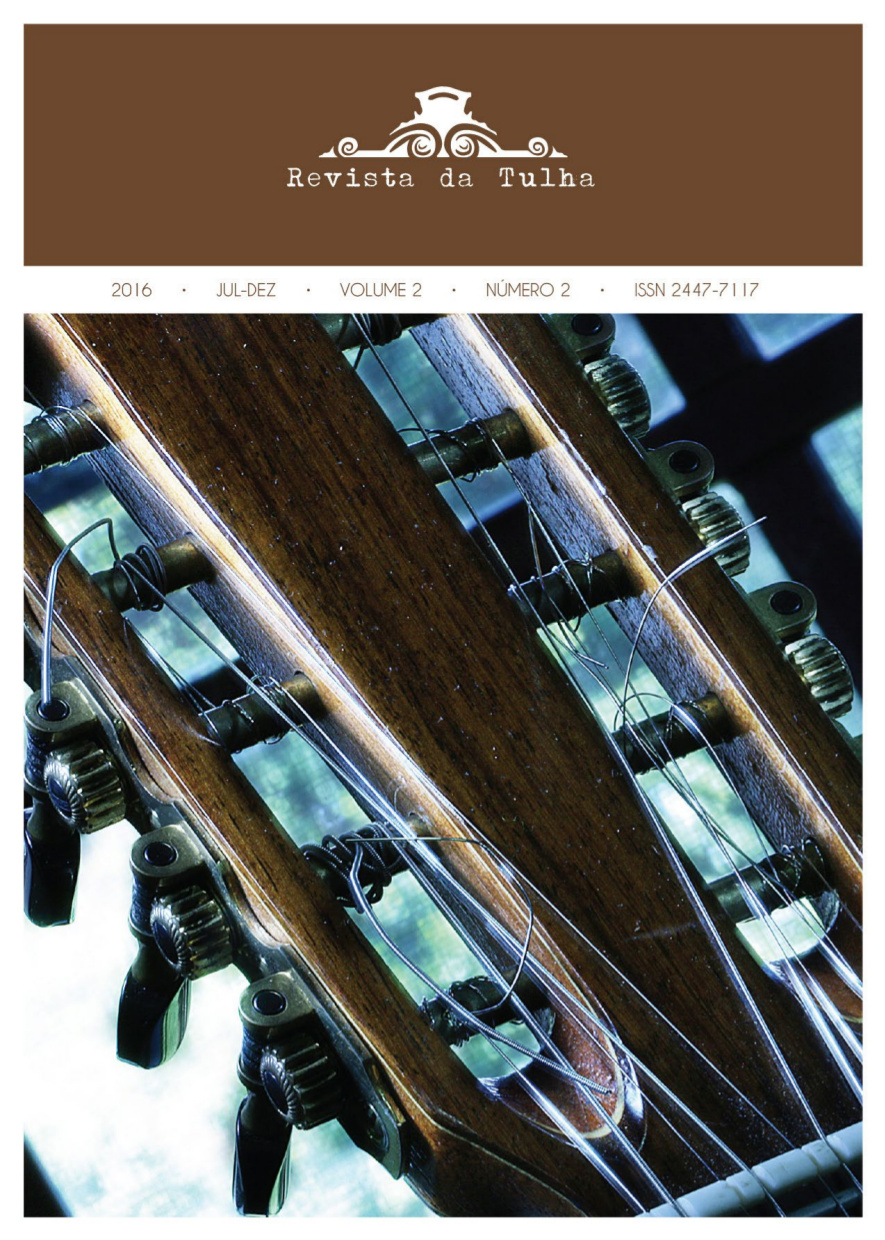The viola and its metalanguages: gesture notation and non-formal learning
DOI:
https://doi.org/10.11606/issn.2447-7117.rt.2016.125390Keywords:
Viola, notação do gesto, aprendizado não-formalAbstract
The musical notation learning has historically been associated with the privileged classes of society, as it is described by the widely known texts of both History of Music and Musicology areas . We, however, deal with an excerpt of musical production, since popular practice exceeds, in large number, that of the elites. The historical survey of the musical documentation sources dealt exclusively with music written in conventional notation and, in large scale, manuscripts and publications until the end of the nineteenth century. From the institutionalization of the musical learning with the advent of the conservatories, the demand for publications of didactic texts that uniformized the musical knowledge arose. On the other hand, plucked strings, particularly guitars or violas, served the musical production of all social classes, since their Arab origins, to their diffusion in Europe and its colonies. Their learning was by non-formal teaching, either oral or non-literate tradition, and also by other forms of literacy (possibly the reason for its enormous popularity), disregarded in those didactic publications, except for small quotes to the lute and the vihuelas. The teaching institutionalization of these instruments occurred very late in relation to the instruments of orchestra and piano. From the representations used in formal and non-formal methods of writing, the notation of the instrumental production of the strings gathers the notation of the gesture, included in a proper system of signs known as Tablatures, whose earliest records date from the end of the fifteenth century, and Alphabets Musical (much used in the seventeenth and eighteenth centuries). Literacy through this notation is, still today, widely used in the informal means of learning plucked strings. The specificity of such a system has promoted the obliteration of these historical records of didactic texts and formal literacy until recently. The Brazilian university has not yet brought them to light.
Downloads
Downloads
Published
Issue
Section
License
Authors retain copyright and grant the journal the right to first publication, with the work licensed under the Creative Commons Attribution License CC-BY-NC:
This work is licensed under a Creative Commons Attribution 4.0 International License.



